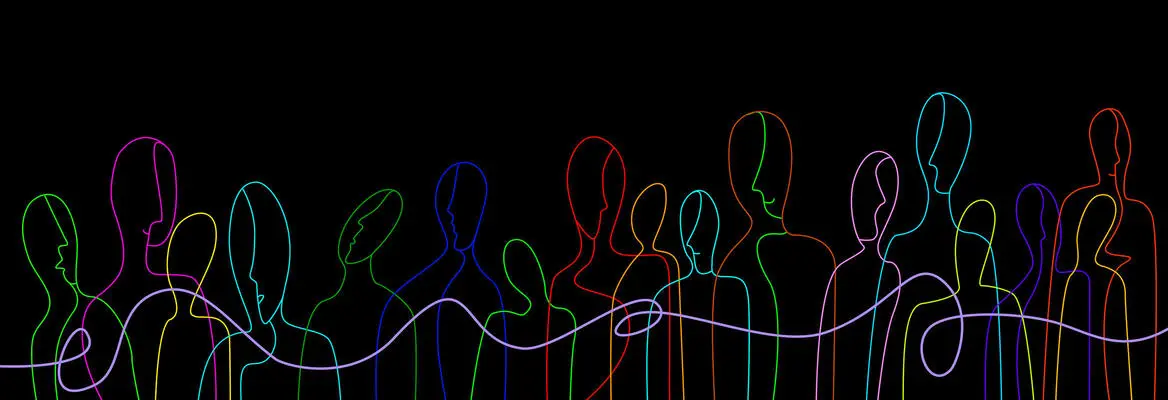Biological accounts of race fail on an empirical basis, but theoretical problems arise when race is redefined as a social category. We need a new way of thinking about identity, categorisation and justice.
There is a growing consensus among scientists that there are no human races in the biological sense of the term. There is human biological variation. However, this variation is minimal compared with that of many other species, and our characteristics change gradually from place to place. Humans do not sort neatly into biologically distinct groups—which is what most people imagine when they think of “race”. The best candidate for a scientific synonym for ‘race’ is subspecies, and the science shows that there are no subspecies within our species.
From a biological perspective, race is science fiction. Yet racial identities are still very important to many people. There seems to be a tension here between the cold, hard science and the ways in which people feel a sense of racial belonging.
Some might argue that racial identities are harmful, and we ought to get rid of them. Certainly, some racial identities are harmful—for instance, those that are premised on a belief in racial hierarchy. The philosopher Kwame Anthony Appiah also warns against racial identities “going imperial”: taking over one’s sense of self entirely and not leaving room for other aspects of identity. However, many people maintain racial but not racist identities and avoid the pitfall that Appiah describes. Moreover, many people gain meaning and a sense of solidarity from their racial identities.
Reconciling racial identities with the science is an important task. Most race theorists believe that while there are no biological races, there are social races.
So how can we make sense of racial identities if there are no races, from a biological perspective? Most race theorists believe that while there are no biological races, there are social races. On this view, what makes race real is not something biological. Instead, race is created and maintained by a set of social properties and relations. This view has a long history, especially in the U.S., where it is most popular. For instance, in 1897 in The Conservation of Races, W. E. B. Du Bois wrote that while the “races… perhaps transcend scientific definition” they “nevertheless, are clearly defined to the eye of the Historian and Sociologist”.
Such a view offers a theoretical ground for racial identities. If races are social groups, then racial identity has a firm footing—just not in biology. However, “race” is not well understood as a social category.
The most promising definition of race as a social category has been offered by philosopher Phila Msimang. He argues that races are those social groups whose members are stereotyped and for which membership is understood to be fixed and passed on from parent to child.
This is a good attempt at defining race in terms of social rather than biological properties—but ultimately it lets too many sorts of groups count as races. Take, for example, schizophrenics. Stereotypes about schizophrenics abound, and research by Matthias Angermeyer and Herbert Matschinger has shown that most people believe that schizophrenia is fixed for life and passed on from parents to children.
Social definitions of race inflate the category beyond recognition. While race fails as a biological category for empirical reasons, it fails as a social category for theoretical reasons.















Join the conversation